Notizia
-

Different Types of Dyes for Textile Colouring
Dyes are substances used to color or stain textile materials such as fabrics, yarns, and fibers. They are applied to textiles using a variety of methods, including immersion, padding, and printing.Per saperne di più -
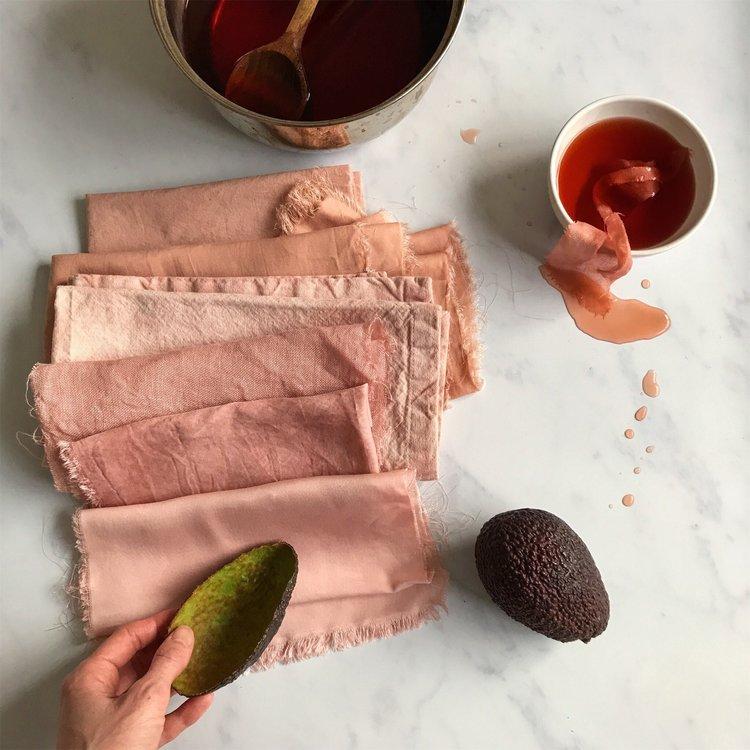
Synthetic Dyes vs. Natural Dyes
What are clothing dyes made of? What is the difference between natural dyes and synthetic dyes? What clothing dyes are sustainable? It can be difficult to know how and what was used to dye fashion products, unlike food, there’s no ingredients or materials label attached to clothing and textiles. Take a look in your closet, around your home and even in your linen closet – most likely the fabrics have been colored by synthetic dyes. But what’s the difference between the two?Per saperne di più -
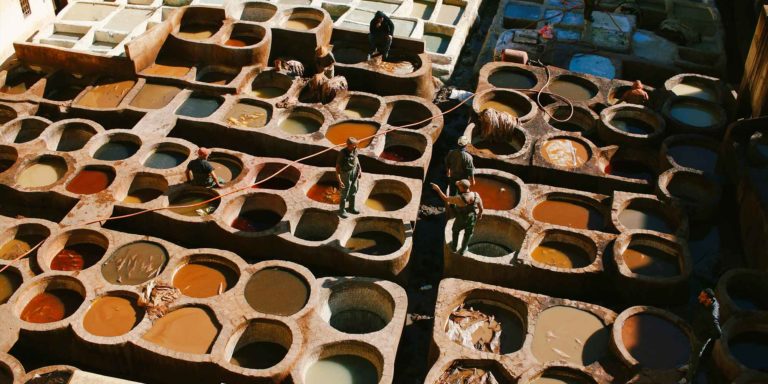
Textile Dyes Pollution: The Truth About Fashion’s Toxic Colours
What’s the first thing you notice when you see a piece of clothing? Chances are, colour is what catches your eye, and the rest follows suit. For the consciously-minded, you might then inspect what material the garment is made of, where it was made and how, but—back up—did you know that that seemingly innocent shade of pink or blue is often one of the most harmful parts of clothing production? Let’s take a look at the often-overlooked impacts of textile dyes on people, the planet, and animals—and discover if there are any eco alternatives worth keeping an eye out for.Per saperne di più -
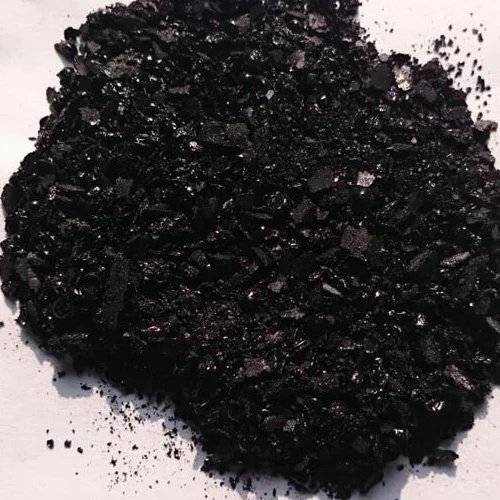
The true cost of colour: The impact of textile dyes on water systems
Colour is a catalyst for sales success within the fashion industry; it is the first thing consumers notice about a garment. Before feeling the fabric, trying on for size, or considering the manufacturing processes, colour preference impacts the eye. According to Michael Braungart and William McDonough, on average, only 5% of the raw materials involved in the production and delivery processes is contained within a garment. It is therefore important that we also pay attention to the 95% of the material process that we do not see; a vast component of which is hidden water.Per saperne di più -

Garment Dyeing: Types, Advantages, Disadvantages & Environmental Impact
Garment dyeing refers to the process of coloring ready-to-wear clothes after they have been cut from a roll of gray fabric and stitched to a particular form. It is different from fabric dyeing, which is the process of cutting a pre-dyed fabric and sewing it to create a particular outfit. Garment dyeing is slowly but steadily making its mark in the world of fashion. It is a cost-effective and environmentally friendly technique of manufacturing garments and appeals to both the producers and the consumers.Per saperne di più -
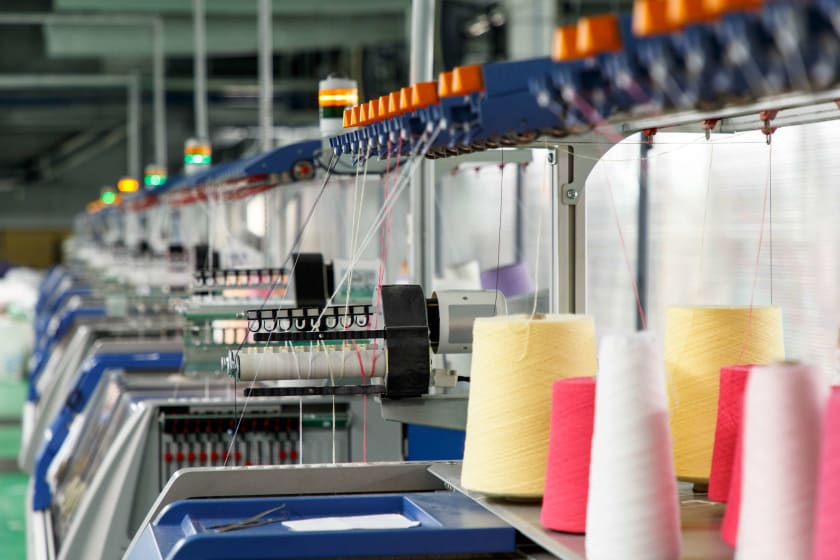
Types of all fabric dyes used in the textile industry
Clothes are now produced in various colors to provide everyone with a unique and individual set of pairs. Due to the lack of vibrant materials in nature, this was previously not possible. The use of several types of fabric dyes gives the clothing a gorgeous and vibrant appearance. Different kinds of fabric dyes are used for various types of textiles. Each of these fabric dyes has a unique impact on textiles and imparts a unique color texture.Per saperne di più -

Here’s How To Prepare Natural Dyes To Colour Fabrics At Home
Dyeing clothes are a great and an age-old method to give the fabric a new and unique look. While white and planes seem classy, patterns have its own charisma. Why waste oodles of money buying chemical dye, when you can prepare it naturally at home for free. However, not all fabric can be easily dyed with natural methods. The one you will easily be able to dye is those made from natural materials themselves. Such as Cotton, silk, wool, and linen. If you want o dye synthetic fabric, do mind that it will usually be lighter in colour. It's best to first try to find a similar scrap of fabric and dye that first.Per saperne di più -
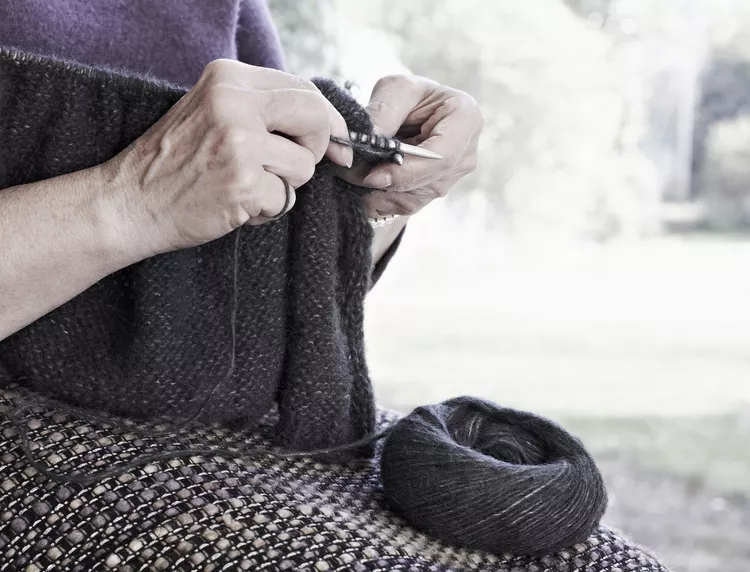
How to Make Organic Natural Black Dye
One of the most popular colors in fashion and home design is black. You can learn how to create natural black dyes from plants and then use it to dye fibers and fabrics for your home, clothing, and craft projects. As with commercial dyes, you will need to take extra care when washing the finished project to keep black clothes black.Per saperne di più

